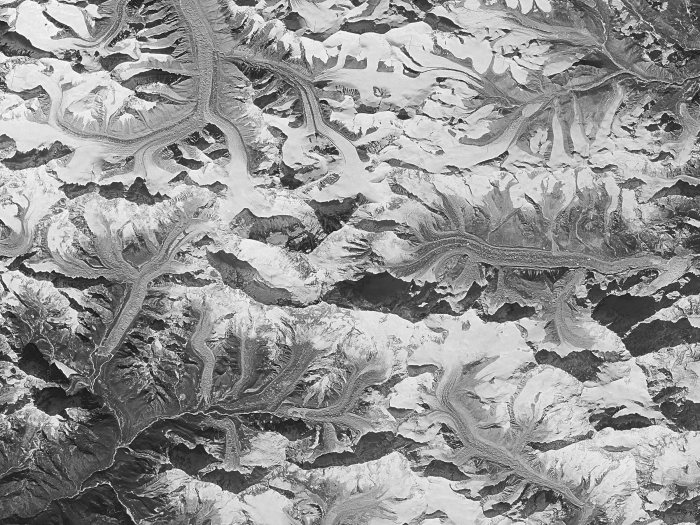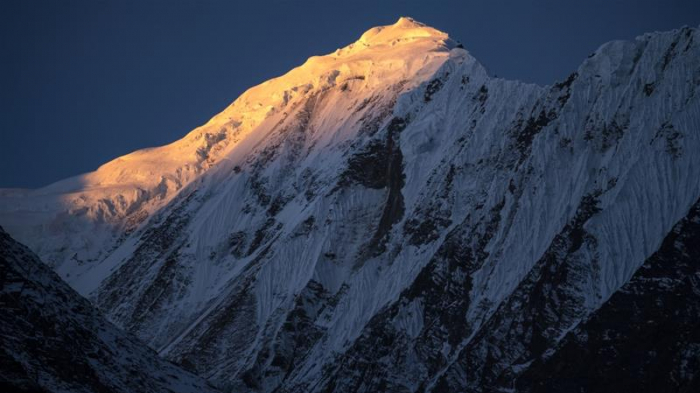The Asian mountain range, which includes Mount Everest, has been losing ice at a rate of about one percent a year since 2000, according to the research that was published on Wednesday in the journal Science Advances.
"The amount of ice (lost) is scary but what is much more scary is the doubling of the melt rate," said Josh Maurer, a glacier researcher at Columbia University's Lamont-Doherty Earth Observatory and lead author of the study.
Scientists lacked some critical data on ice in the Himalayas until Maurer found once-classified 3D images from US spy satellites that had been put online. Those images allowed Maurer to calculate how much ice was on the Himalayas in 1975. He then used other satellite data to measure ice in 2000 and then again in 2016.

'Disaster in the making'
The Himalayas, part of an area that is referred to as "The Third Pole" because it has so much ice, has only 72 percent of the ice that was there in 1975. It has been losing about 8.3bn tonnes of ice a year, compared with 4.3bn tonnes a year between 1975 and 2000, according to the study.
Although melting ice caps at Earth's North and South Poles are already destabilising the climate system, the retreat of Himalayan ice has more direct consequences for some 800 million people who depend on meltwater to sustain their rivers.
Seasonal flows of runoff appear to be increasing for the time being as glaciers degrade. But scientists fear what is likely to happen as time goes on: a gradual dwindling of water supplies to densely-populated floodplains in India, Pakistan and China, potentially stoking local and international tensions.
Meltwater is relied upon as hydropower, agriculture, and drinking, said study co-author Jorg Schaefer, a climate geochemistry professor at Columbia.
"Disaster is in the making here," Schaefer said.
Past research looked at individual Himalayan glaciers over short time periods, but this was the first to look at the big picture - 650 glaciers over decades, Schaefer said.
For years, scientists have looked at many possible causes for melting glaciers, including pollution and changes in rainfall. But when the team was able to see trends using long-term data, they found the major culprit: "It's clear it is temperature and everything else doesn't matter as much," Schaefer said.
Maurer double-checked that conclusion by feeding the data into a computer model. It "predicted" the same type of ice melt that happened over the four decades.
Scientists' suspicions confirmed
NASA climate scientist Josh Willis, who was not part of the study, said it provided important confirmation of what scientists suspected and what models showed.
"As a scientist, it's nice to hear that we're right, but then again as a civilian, it's sometimes a little scary to hear that we're right," Willis said.
The new findings were published as governments met for talks in Bonn aimed at pushing forward efforts to curb greenhouse gas emissions under the 2015 Paris Agreement.
Global carbon emissions hit a record high last year.
Climate models suggest that existing pledges made by governments to try to bend the emissions curve downwards still fall far short of the rapid transformational economic change needed to prevent climate impacts worsening by many orders of magnitude.
Al Jazeera
More about: Himalaya climate-change environment
















































